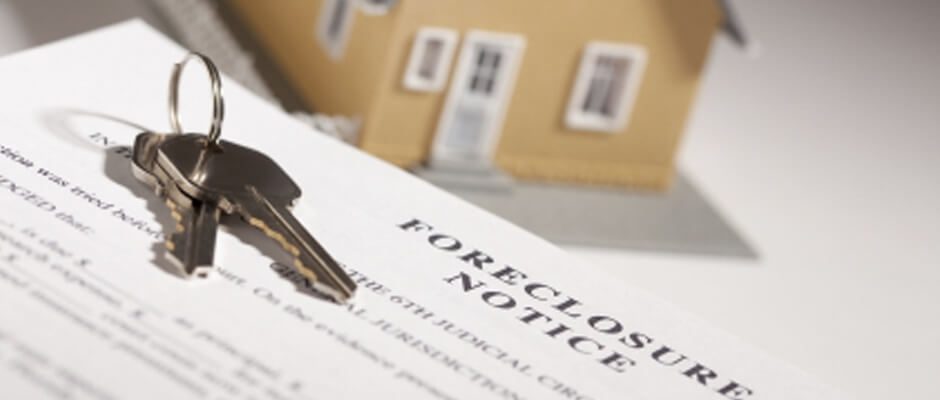Landlords VS Tenants: Who is responsible for maintenance?
When embarking upon a new commercial property lease, one of the many considerations is the maintenance obligations stipulated within it. As opposed to domestic tenancy agreements, commercial leases tend to place significantly higher levels of responsibility onto the tenant rather than the landlord.

Section 11 of The Landlord and Tenant Act 1985, pertaining to the leasing of property to domestic tenants, stipulates that it is the responsibility of the landlord to keep the property in a good state of repair. The onus for maintenance being on the landlord in domestic properties however is not reflected in the vast majority of commercial leases. For example, it is the legal duty of the commercial tenant, not the landlord, to carry out a health and safety risk assessment in accordance with The Health and Safety at Work Act 1974 and incur any costs attaining to that. This must include the tenant having responsibility for fire safety, the safety of electrical equipment, gas safety, managing asbestos and providing safe and comfortable working conditions.
Little else is proscribed legally, but the majority of commercial leases are classified as ‘Fully Repairing and Insuring’ (FRI Leases). FRI Leases hold the tenant liable for all maintenance and insurance costs from the commencement of the lease. It is then the tenant, and not the commercial landlord, who is responsible for ensuring the property is fully compliant with building regulations, health and safety legislation and for the general every day maintenance of the property.
The commercial landlord, however, is not omitted from all maintenance responsibility. In many cases, unless the tenant is the sole occupant of a building, the commercial landlord may retain some, or all, responsibility for the maintenance of common areas and, in some cases, for the exterior of the property. In many cases commercial landlords are also responsible for aspects such as the safety of the premises’ wiring system etc.
Royal Institution of Chartered Surveyors
The Royal Institution of Chartered Surveyors is a UK-based professional body for surveyors designed to effect positive change in the built and natural environments.
If alterations are to be made to the premises (for example, to bring the building fit for the purpose of the commercial activity), the tenant is also liable for these costs under the terms of a standard FRI Lease. In many cases the terms of the lease will state that permission must be sought from the landlord. However, in this case, there is legal precedent for the reaction to this request. The Landlord and Tenant Act 1927 (Part I) states that if permission is to be sought for alterations, then the landlord cannot withhold their consent if the request is reasonable (although note that this is not the case under Scottish law). The Act also states that in cases where there is an absolute prohibition in the lease of alterations being made to the property, then the tenant has the right to apply (under section 3) to the landlord for permission and then be compensated at the end of the term.
One clause to bear in mind when making alterations to your commercial property under an FRI Lease is that, under many standard terms, the tenant may be liable for any dilapidations to the property at the end of the lease term, i.e. any costs incurred in returning the building to its original state. Dilapidations can be due not just for alterations but also for any repairs and maintenance that have not been carried out by the tenant. To avoid the potentially damaging repercussions of extreme dilapidation charges, it is advisable to enlist the services of a chartered surveyor to make a full assessment of the state of the premises at the commencement of the lease and also to keep a full schedule of maintenance and proof of any repairs carried out.
However, if the terms of a standard FRI commercial lease appear off-putting to a new business owner, then there is some light at the end of the tunnel, as many aspects of an FRI Lease are negotiable. For example, if at the commencement of lease negotiations it is discovered that the property is not in an acceptable condition for tenancy, it is possible to insert covenants into the lease to protect the tenant against future repair or dilapidation costs. For instance, certain areas, e.g. the roof, could be removed from the maintenance and repair obligation. Alternatively a schedule of condition could be annexed to the lease showing the state of the premises at the date of entry and specifying that the premises will be returned in no worse, but no better, condition at the end of the lease. It may even be possible to exclude from dilapidation costs anything that could be classed as fair ‘wear and tear’.
In all cases requiring a commercial lease it is best practice to have an expert legal team advise both the tenant and the landlord on the exact terms to ensure that both parties are justly represented. Specialised lease advisory teams, such as Eddisons, have extensive experience in all aspects of commercial property contracts and can provide invaluable support and advice.
The onus for maintenance being on the landlord in domestic properties however is not reflected in the vast majority of commercial leases
Written by: Ian Harrington on Wednesday 20/01/2016




